When it comes to personal development and habit formation, one name invariably comes to mind: James Clear. Renowned for his expertise in habit formation, Clear has sold more than 5 million copies of his bestselling book, Atomic Habits. Backed by science and easily understandable, his practical strategies for making life-altering improvements through small, manageable changes have made him the go-to expert for anyone seeking to reshape their habits and transform their lives.
In a recent episode of A Bit of Optimism, which you can listen to here, Simon asked Clear if there is a way to anyone to get a firmer grasp on managing habits, both good and bad. He also asked Clear to explain the psychology behind how good habits are built and bad habits are broken.
Clear explains, “This all boils down to what I call the four laws of behavior change, which is a central theme in my book. There are many ways to approach it.”
When it comes to building a good habit, Clear emphasizes the importance of four key factors. “On the other hand, breaking a bad habit requires the opposite of these four factors that are essential for building a good habit,” he says.
This concept of the four laws forms the foundation of Clear’s philosophy. For more insights from Clear, be sure to listen to the full podcast. However, we’ll do our best to break down these four laws for you.
How to Build Better Habits
The first law of habit-building? You need to make your new habit “obvious.” This means placing visual cues in plain sight to remind you of your goal. “You want the cues of your habits to be obvious, available, visible, easy to see,” explains Clear.
Secondly, you want to make the new habit “attractive.” A good habit becomes enticing when associated with positive feelings. “The more compelling, motivating, or enticing it is, the better off you are,” says Clear.
Thirdly, you want to make it “easy.” Simplify the process of adopting a good habit to reduce friction, making it almost effortless to do. Clear explains, “Scaling it down, reducing friction. And then you want to make it satisfying, more rewarding or beneficial, the more enjoyable it feels, the more likely you are to repeat it.”
Lastly, you want to make the habit feel satisfying. If you can find a way to celebrate your progress that feels good to you (and doesn’t sabotage it), you’ll be more likely to make further progress. Reward yourself after completing a good habit to reinforce it.
So what does this look like in practice? For example, let’s say you want to start exercising regularly. Improving your health can often feel overwhelming and daunting, but if you take it one step at a time and apply Clear’s framework, it can feel much more doable.
- Make It Obvious: Place your workout gear in a visible spot. This way, you will be more likely to use it.
- Make It Attractive: Choose a workout routine you enjoy. If you like music, try dancing. If you love watching a certain sport, try playing it. When you have a passion or joy for what you are doing, you will see the activity as less of a chore.
- Make It Easy: Start with short, manageable sessions. To quote Simon, “Dream big, start small, but most of all, start.”
- Make It Satisfying: You completed your first week of regular workouts? That’s amazing! Go see a movie you’ve been wanting to watch. Reward yourself with a healthy treat post-workout. Buy those workout leggings you’ve heard great things about. Celebrate the fact that you stuck with it and continue to do so as you feed your new habit.
Now, How to Ditch Bad Habits
To erase a bad habit from your life, Clear suggests inverting the laws described above. Instead of making the habit obvious, attractive, easy, and satisfying, you want to make it “invisible,” “unattractive,” “difficult,” and “unsatisfying.”
You start by removing any triggers from your environment. Associate the bad habit with negative connotations to discourage engagement. Find a way to frame that habit in your mind as something undesirable, making it easier for your actions to reflect that. You’ll make the bad habit difficult by introducing obstacles that make it harder to indulge in the bad habit. Just as water follows the path of least resistance, be like water and choose the path of least indulgence.
Finally, you’ll make that habit unsatisfying by associating the habit with immediate negative consequences to deter repetition.
For an example of a bad habit, let’s consider excessive social media use.
- Make It Invisible: Remove social media apps from your phone or disable their notifications. Charge your phone away from your work, sleep, or relaxation areas. By doing so, you’ll be less tempted to check it during your downtime.
- Make It Unattractive: Educate yourself on the drawbacks of excessive social media use. Take note of your posture—stiff neck, hunched shoulders, and strained eyes? Putting the phone away can help alleviate these issues.
- Make It Difficult: It’s easy to get caught up in endless scrolling. However, you can make it harder by setting up app blockers or time limits. Change your passwords to something long and complex to discourage quick access. Make it challenging and discouraging to get back online.
- Make It Unsatisfying: Keep track of your screen time. Trust us, seeing that you wasted an average of six hours a day on TikTok Slime Ratings and Facebook comment drama is far from satisfying. The less time recorded, the better you will feel about yourself.
James’ approach to habit formation is both practical and profound, but it’s important to note that it’s not foolproof, especially if you neglect your other habits while solely focusing on the one you want to change.
“There is no one way to build better habits or break bad habits,” explains Clear. “There are many ways. And in most cases, you don’t need a single shift. You need a system of three or four, maybe even 10 little adjustments that you make, and collectively they all work together.”
By applying the four laws of behavior change within an ecosystem of habits, we can better understand how to nurture beneficial habits and discard harmful ones.
For more insights and in-depth discussions, tune in to the full episode of “A Bit of Optimism” featuring James Clear. His expertise and unique perspectives are invaluable for anyone seeking to make meaningful changes in their life.









